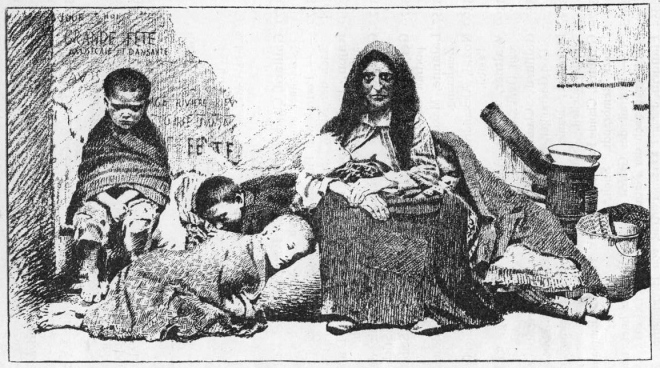If anybody was curious, here’s a link to the “I Go Chop Your Dollar” music video celebrating Nigeria’s criminal subculture of Internet scam artists. In the song the artist Nkem Owoh sings the virtues of advanced-free fraud (falsely promising large sums of money for an upfront payment,) referring to his marks as “the mugus” and himself as “the master.” Before the advent of the Internet enterprising Nigerians would scam Western European traders by promising below market-rate prices for crude oil for cash upfront.
The scam has a long and storied lineage, originating in 18th century America and continued well into the early 20th century. Confidence men of that era used this false promise of wealth to prey upon the gullible and credulous. The growing popularity of the scams created unwanted exposure in the press; the scams mostly collapsed as the federal government’s capability for monetary enforcement grew in the wake of the Civil War. Before its resurgence in Nigerian criminal circles, this tactic was referred to as “The Spanish Prisoner Swindle,” in reference to the type of story usually associated with such crimes (wealthy prisoner wrongfully imprisoned in Spain ready to greatly compensate any victim willing to pay his traveling fees/bribes in advance.)
It can be argued that for the working class scams were a sort of financial innovation; whereas the wealthy could indulge in the exotic financial instruments of their time the poor were left to contend with conditions left in their wake. The predatory nature of scam artists often mirrored the behaviors of their ruling class, contributing to a culture of exploitation that was an important facet of much of urban life in newly industrialized America.
An article on the history of these scams in Nigeria:
P.S. I don’t think any of the con men of yesteryear had a beat this catchy.


